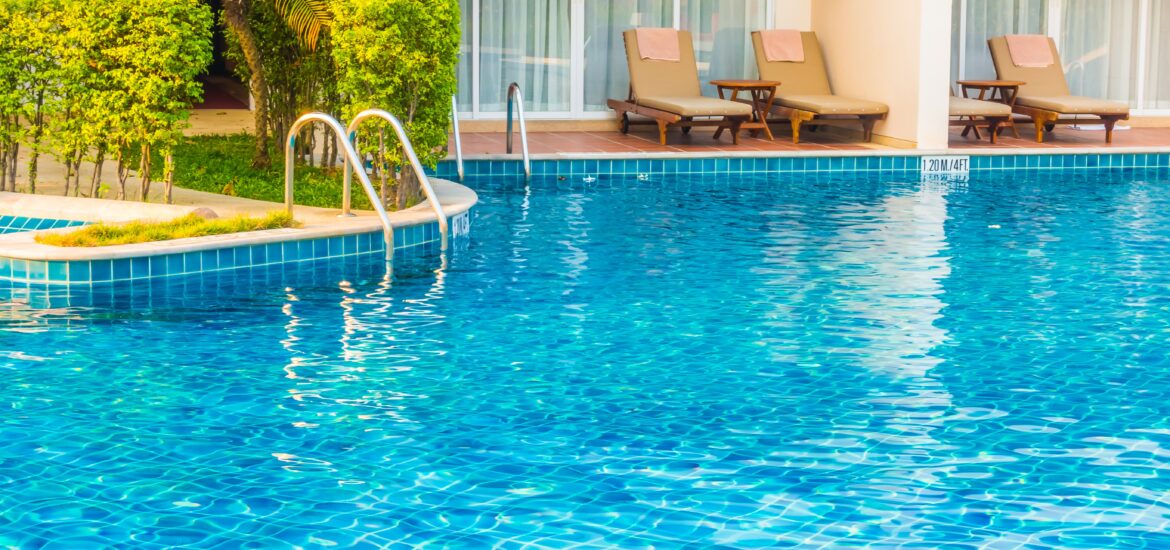Swimming pools are a source of fun, relaxation, and added value for your home. But behind the sparkling water and sleek designs lies an essential component many homeowners overlook — the pool liner. Whether you’re installing a new pool or maintaining an existing one, understanding the purpose, types, and care of pool liners is vital for a long-lasting investment.
In this guide, we’ll cover everything you need to know as a homeowner:
What Does a Pool Liner Do?
A pool liner is the protective layer between the pool’s structure and the water. It serves two primary functions: providing a watertight seal and enhancing the pool’s appearance. It prevents water from seeping into the ground and keeps the pool safe from algae, mold, and structural erosion.
Beyond its practical role, a liner gives the pool its aesthetic character. With various patterns, textures, and colors available, liners can mimic tile, stone, or even sandy beaches.
Types of Pool Liners
There are several types of pool liners, each suited for specific pool structures and budgets:
1. Overlap Liners
Designed for above-ground pools, overlap liners are installed by draping them over the pool walls and securing them with coping strips. They’re an affordable option but offer fewer design choices.
2. Beaded Liners
These liners snap into a track around the top of the pool wall. They offer a cleaner look and are easier to replace without disassembling the pool. Beaded liners also come in a wider range of styles and patterns.
3. Unibead Liners
Combining the features of overlap and beaded liners, unibead liners can fit into a bead receiver or be used as an overlap. They’re versatile and provide more flexibility during installation or upgrades.
4. In-Ground Vinyl Liners
For inground or semi-inground pools, vinyl liners are custom-fitted and offer the most options in terms of shape and design. They’re typically thicker than above-ground liners and can last longer with proper care.
Signs Your Liner Needs Attention
Don’t wait for a complete liner failure to take action. Look for these early signs:
- Fading or discoloration: Loss of color indicates UV or chemical damage.
- Wrinkles or bubbles: These can result from poor installation or shifting ground beneath the pool.
- Leaks or water loss: Persistent drops in water levels may point to tears or seam failures.
- Cracks or brittleness: Aging liners become less flexible and more prone to cracks, especially in corners or along seams.
Addressing minor issues early can prevent more costly repairs down the line.
Maintenance Tips for Longevity
Taking care of your liner doesn’t require constant attention, but consistency matters. Here are a few best practices:
- Check water chemistry weekly. Keep pH, alkalinity, and chlorine within recommended ranges to protect the liner’s surface.
- Brush and vacuum regularly. This prevents algae buildup and surface staining.
- Use a pool cover. Covers block UV rays, reduce debris, and minimize temperature swings that strain the liner.
- Avoid sharp or abrasive tools. When cleaning or playing, ensure pool toys and equipment are liner-friendly.
Proper care can extend the life of your liner and keep your pool looking fresh for years.
Conclusion
A well-chosen and properly maintained pool liner is essential to the durability and appeal of your backyard oasis. From selecting the right type to spotting wear-and-tear early, being informed empowers you to make better decisions and avoid costly surprises.

